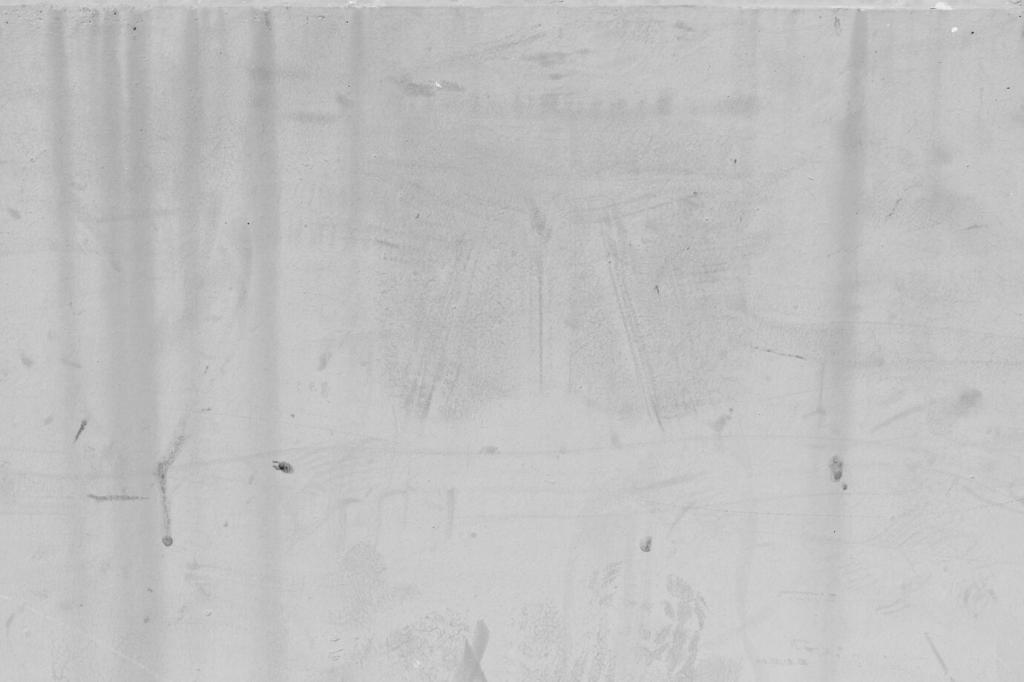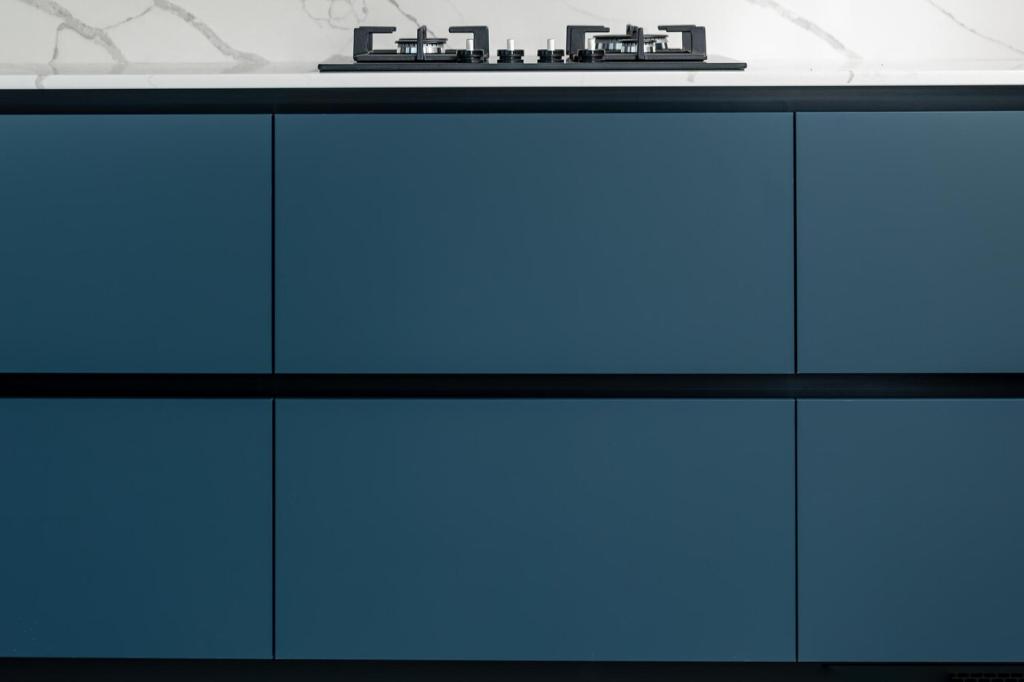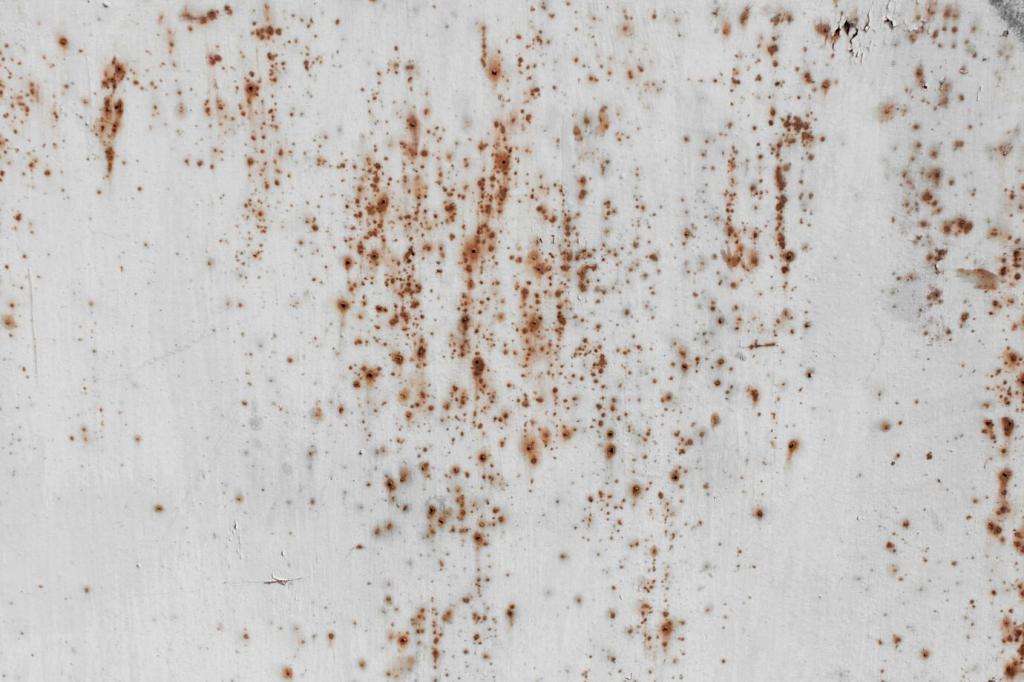Small Homes, Big Calm
Use one dominant neutral throughout living, kitchen, and hallways, shifting only a shade or two. Continuity elongates sightlines and makes small homes feel coherent, peaceful, and surprisingly expansive to live in.
Small Homes, Big Calm
Combine light neutrals with well-placed mirrors opposite windows. The reflected daylight brightens corners while the restrained palette avoids busyness, creating a calm, modern interior that looks larger without aggressive optical tricks.





